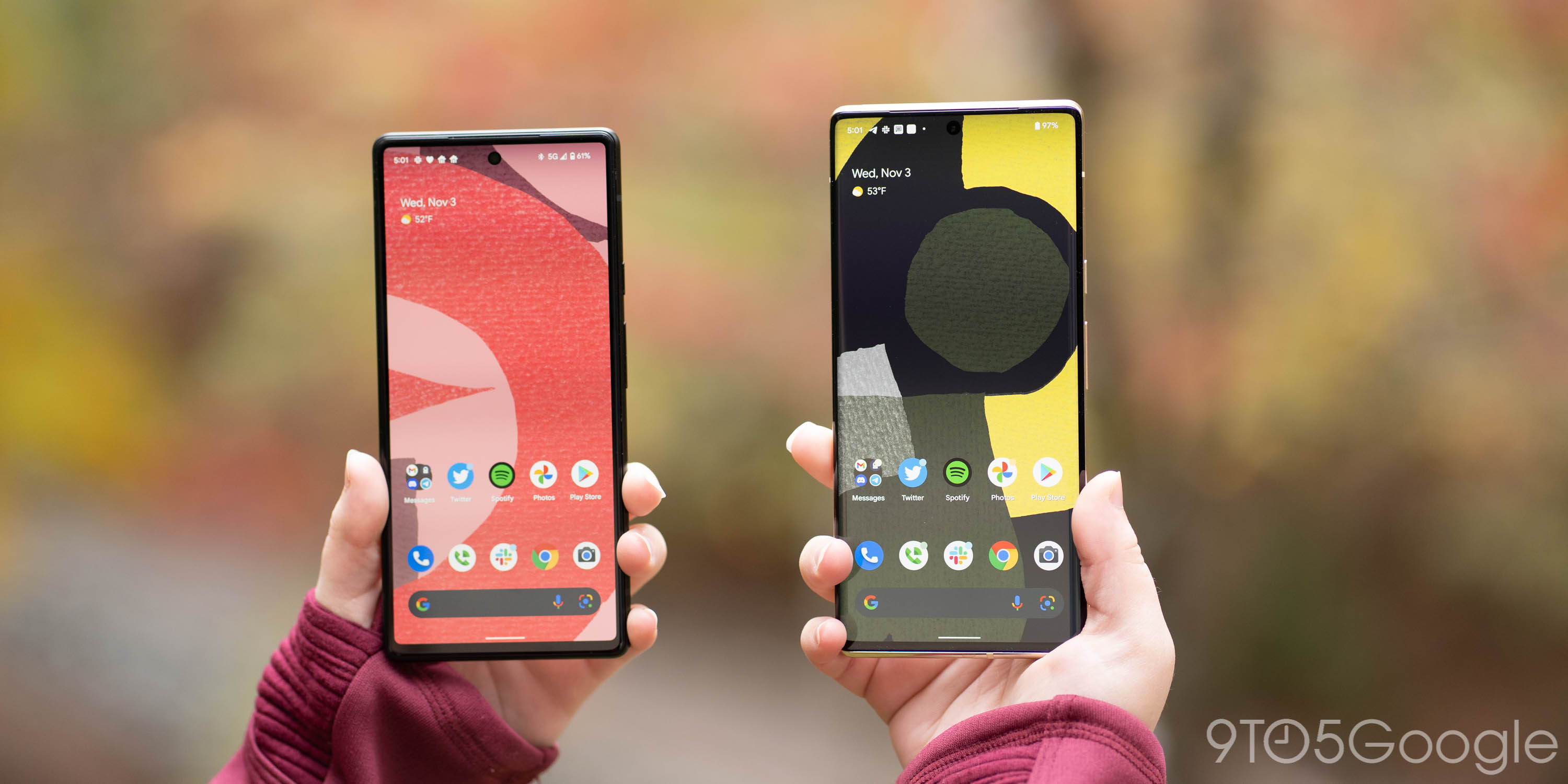
 Florian wrote a comment on Pi CM4 carrier board. Guy Dupont wrote a comment on sPot: Spotify in a 4th-gen iPod (2004). Festeezio liked ATROPOS: Router quadcopter. haroldmoore016 has updated details to ATTin圓226 led dot matrix driver board. Festeezio liked High Power Experimental Rocket Platform. Festeezio liked Halftone 3D Printed Face. 3drobert has added a new log for metal & 3d printed tools. chango on Copper: Rectifying AC A Century Ago. Miroslav on Copper: Rectifying AC A Century Ago. Michael on Copper: Rectifying AC A Century Ago. fonz on A Rotary Encoder: How Hard Can It Be?. Voja Antonic on A Rotary Encoder: How Hard Can It Be?. RW ver 0.0.3 on Gaskets, Can They Be 3D Printed?. RW ver 0.0.3 on Charge Your Apple With Apples. Taper on A Rotary Encoder: How Hard Can It Be?. helge on A Rotary Encoder: How Hard Can It Be?. Posted in Tool Hacks Tagged antenna, Signals, vector network analyzer, vna Post navigation It costs a good bit more, but also does other things, but the VNA tops out at 10 MHz. We also put the Analog Discovery 2’s VNA through its paces. We’ve looked at other cheap VNAs although this one has an interesting range of frequencies compared to some we’ve seen before. guy also did a video about its accuracy, checking its output with a scope and frequency counter. There is also provisions for calibrating the device in the field.įor $50 it is pretty impressive. According to the manual, the instrument has better performance under 300 MHz.
Florian wrote a comment on Pi CM4 carrier board. Guy Dupont wrote a comment on sPot: Spotify in a 4th-gen iPod (2004). Festeezio liked ATROPOS: Router quadcopter. haroldmoore016 has updated details to ATTin圓226 led dot matrix driver board. Festeezio liked High Power Experimental Rocket Platform. Festeezio liked Halftone 3D Printed Face. 3drobert has added a new log for metal & 3d printed tools. chango on Copper: Rectifying AC A Century Ago. Miroslav on Copper: Rectifying AC A Century Ago. Michael on Copper: Rectifying AC A Century Ago. fonz on A Rotary Encoder: How Hard Can It Be?. Voja Antonic on A Rotary Encoder: How Hard Can It Be?. RW ver 0.0.3 on Gaskets, Can They Be 3D Printed?. RW ver 0.0.3 on Charge Your Apple With Apples. Taper on A Rotary Encoder: How Hard Can It Be?. helge on A Rotary Encoder: How Hard Can It Be?. Posted in Tool Hacks Tagged antenna, Signals, vector network analyzer, vna Post navigation It costs a good bit more, but also does other things, but the VNA tops out at 10 MHz. We also put the Analog Discovery 2’s VNA through its paces. We’ve looked at other cheap VNAs although this one has an interesting range of frequencies compared to some we’ve seen before. guy also did a video about its accuracy, checking its output with a scope and frequency counter. There is also provisions for calibrating the device in the field.įor $50 it is pretty impressive. According to the manual, the instrument has better performance under 300 MHz. 
You might wonder why you’d limit the frequency to 300MHz. For example, you can limit the top frequency to 300 MHz or select a larger font. In addition, there are additional firmware files available so you can reflash the instrument. You need software from Google Drive and you can also get the manuals from there. If you don’t like the touch screen, you can also control the device via USB. It also shows a Smith chart of the reactance.

The device shows return loss as a plot and you can use a cursor to precisely measure the values. Just as a quick test, you can see early in the video the analysis of a rubber duck antenna. The device uses a rechargeable battery if you need to haul it up to an antenna tower, for example. NanoVNA is tiny but sweeps from 50 kHz to 900 MHz and has a touch screen. You can see one of the several videos he’s posted, below. bought one for about $50 and made a series of videos about it. Vector network analyzers - VNAs - haven’t had quite the same proliferation, but NanoVNA may change that. Now you can get scopes of various sizes and capabilities on nearly any budget. There was a time when oscilloscopes were big and expensive.






 0 kommentar(er)
0 kommentar(er)
